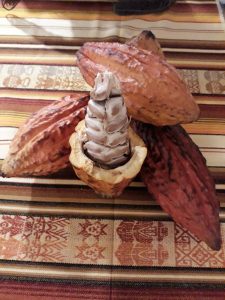Cacao: a long history and tradition
New research suggests that cacao was first domesticated around 3,600 years ago in the upper part of the Amazon region, in the what is now Ecuador.
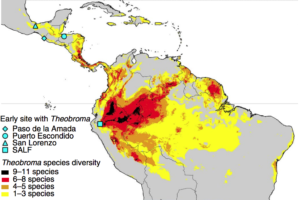
A genetic family tree provides new evidence of the frst domesticated cacao trees. All modern cacao variants trace their origin to the upper part of the Amazon region. This genetic study complements the hypothesis that cacao cultivation spread northwards into Central America and what is today Mexico.
When the Spanish conquered Mexico they discoverded a brew made of roast and ground cacao seeds mixed with chillies, water and cornmeal. The Maya poured this mixture from one pod to another, creating a thick foamy beverage called “xocolatl”, meaning “bitter water”. It is thought that the explorer Hernán Cortés brought chocolate to his homeland in 1528.
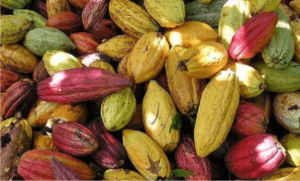
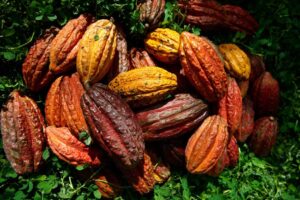
Though still served as a drink, Spanish chocolate was mixed with sugar and honey to sweeten the naturally bitter taste. Chocolate quickly became popular among the rich and powerful, and spread to other parts of Europe following the marriage of Louis XIV with Maria Teresa of Spain in 1660.
In the late XIX century Guayaquil became the world’s first cacao port and retained its monopoly for nearly 150 years. In the 1920s a disease blighted the cacao crop, destroying the Ecuadorian cacao industry. Since the XIX century cacao planting had spread to West Africa, and following the collapse of the Ecuadorian supply, West Africa became the dominant source of cacao.
Today the Ecuadorian cacao industry is recognised as producing high quality cacao (over 60% of cacao Arriba is from Ecuador). The high quality of Ecuadorian chocolate can be attributed to the perfect mix of terrain, climate and genetics.
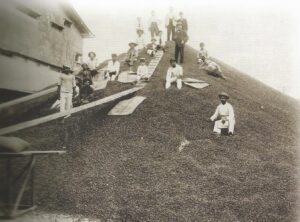
Palma Dorada adopted Super Arbol cacao trees, which are the result of careful research, building on the combination of pre-disease cacao trees with modern variants, and offering a combination of flavour, disease-resistance, and productivity. Puma Dorado Chocolate is the result of a long journey and we hope you enjoy the tannic balance and vigorous fruit flavour.
